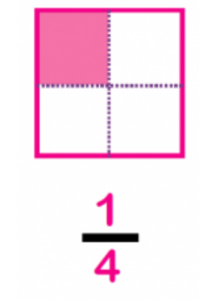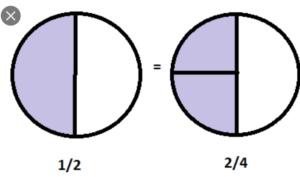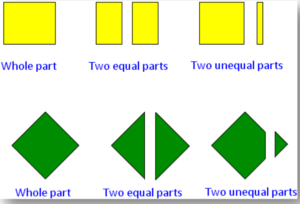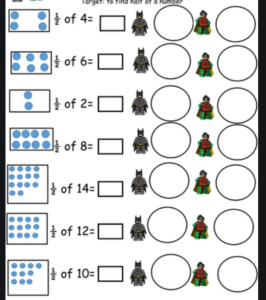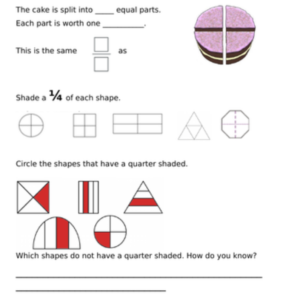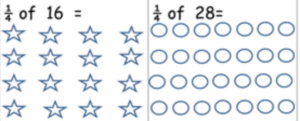Welcome to Hungerford Bridge Class.
Class teacher: Miss Agyemang
Teaching assistant: Ms Jones
[dropshadowbox align=”none” effect=”lifted-both” width=”auto” height=”” background_color=”#edbaba” border_width=”1″ border_color=”#ba27d8″ ]Homework is set on Google Classroom[/dropshadowbox]
Howard-parents-guide-to-Google-Classroom-
Our learning this week…
[dropshadowbox align=”none” effect=”lifted-both” width=”auto” height=”” background_color=”#dbf6f4″ border_width=”10″ border_color=”#f13013″ ]
English
At Howard Primary School we have adopted Read Write Inc Phonics.
RWI is a method of learning centred round letter sounds and phonics, and we use it to aid children in their reading and writing. Read Write Inc., developed by Ruth Miskin, provides a structured and systematic approach to teaching literacy. It is used by more than a quarter of the UK’s primary schools and is designed to create fluent readers, confident speakers and willing writers.
Using RWI, the children learn to read effortlessly so that they can put all their energy into comprehending what they read. It also allows them to spell effortlessly so that they can put all their energy into composing what they write.
When using RWI to read the children will:
- Learn 44 sounds and the corresponding letter/letter groups using simple picture prompts
- Learn to read words using Fred Talk
- Read lively stories featuring words they have learnt to sound out
- Show that they comprehend the stories by answering questions.
[/dropshadowbox]
[dropshadowbox align=”none” effect=”lifted-both” width=”auto” height=”” background_color=”#dbf6f4″ border_width=”10″ border_color=”#863878″ ]
Maths
This week in maths we will be focusing on:
- recognising a third
- finding a third
- understanding unit fractions
- understanding non unit fractions
- understanding the equivalence of ½ and 2/4
— Recognise a third
Children should understand the concept of a whole as being 1 shape or quantity. They then learn that this can be split into 3 equal parts. Esch part represents a third (1/3). Thirds are 3 equal parts that make a whole.
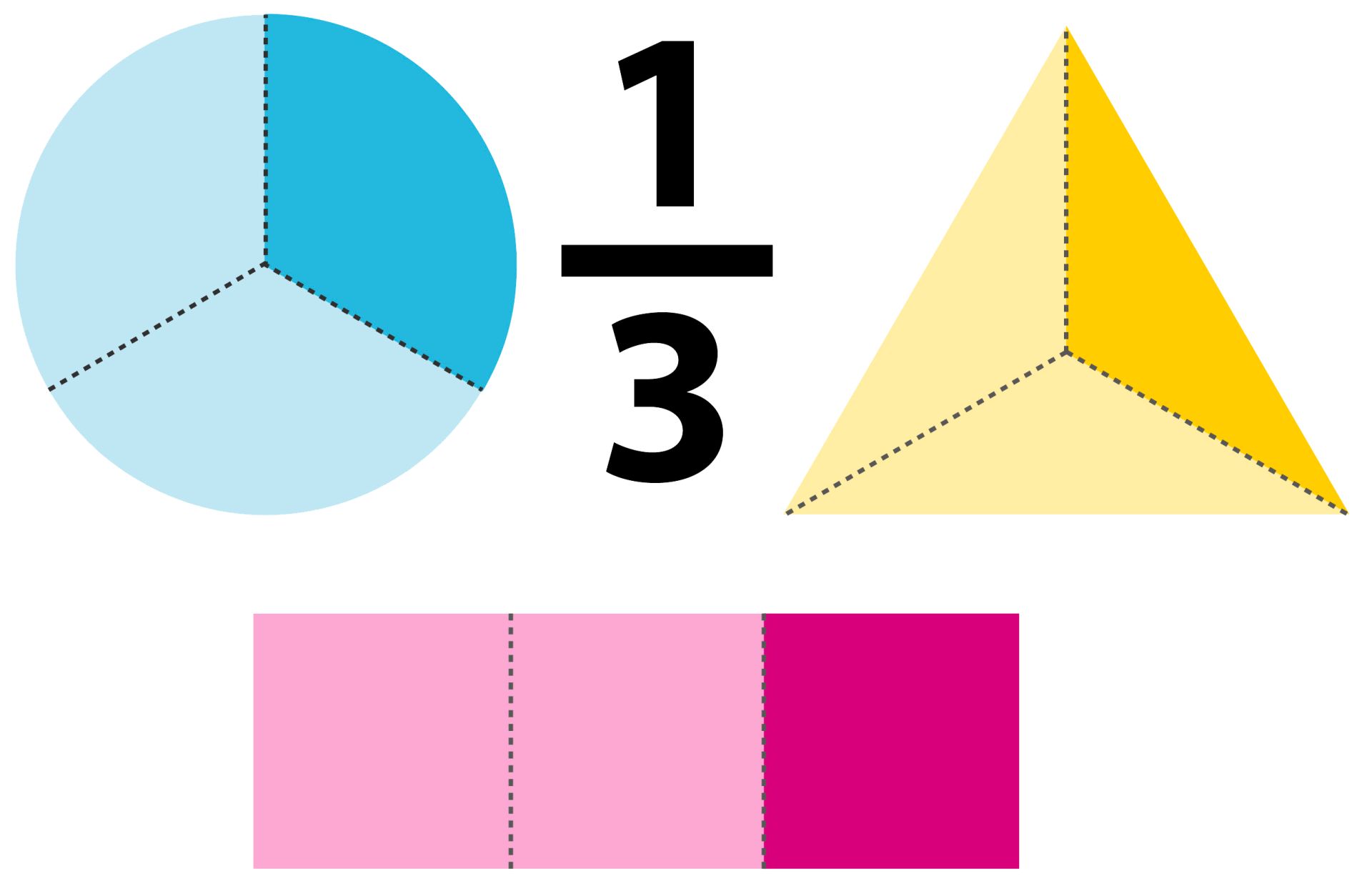
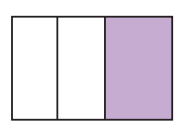
The whole shape (above) has not been spilt into 3 equal pieces therefore each part does NOT represent a third.
— To find a third of an amount.
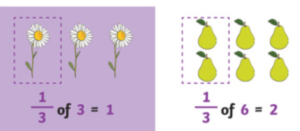
Children will apply their understanding of fractions to finding thirds.
They continue to use the language of ‘whole’ and ‘equal
parts’ and understand that one third is equal to one part out
of three equal parts.
— Understanding unit fractions
A unit fraction is a fraction where the numerator (top number) is 1 and the denominator (bottom number) is a whole number. The fractions below are unit fraction because the numerator is 1 and the denominator is a whole number.
— Understanding non unit fractions
A non–unit fraction is a fraction where the numerator (the number on the top half of the fraction) is greater than 1.

These are examples of non-unit fractions because the numerator is greater than 1.
— To understand equivalence of ½ and 2/4
When two fractions are equivalent, this means they are the same in terms of shape and size, but are expressed using different numbers.
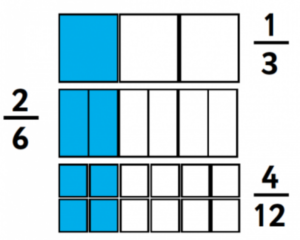
We will explore the relationship between 1/2 and 2/4. They are the same size but expressed in a different way.
[/dropshadowbox]
[dropshadowbox align=”none” effect=”lifted-both” width=”auto” height=”” background_color=”#dbf6f4″ border_width=”10″ border_color=”#608638″ ]
Geography
In geography we will continue with map skills. Our focus this week will be sketching maps. We want the children to sketch a map of the school and the local area. Children will use their knowledge of maps skills and create a simple map with a key.
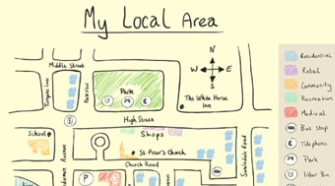
[/dropshadowbox]
[dropshadowbox align=”none” effect=”lifted-both” width=”auto” height=”” background_color=”#dbf6f4″ border_width=”10″ border_color=”#ef1dcd” ]
Art
In art we will be focusing on line and tone. Tone refers to how light or dark something is. Tones could refer to black, white and the grey tones between. It could refer to how light or dark a colour appears. A tone is produced either by the mixture of a colour with grey, or by both tinting and shading. This week we will ‘take a line’ for a walk and this will eventually lead to self portraits.
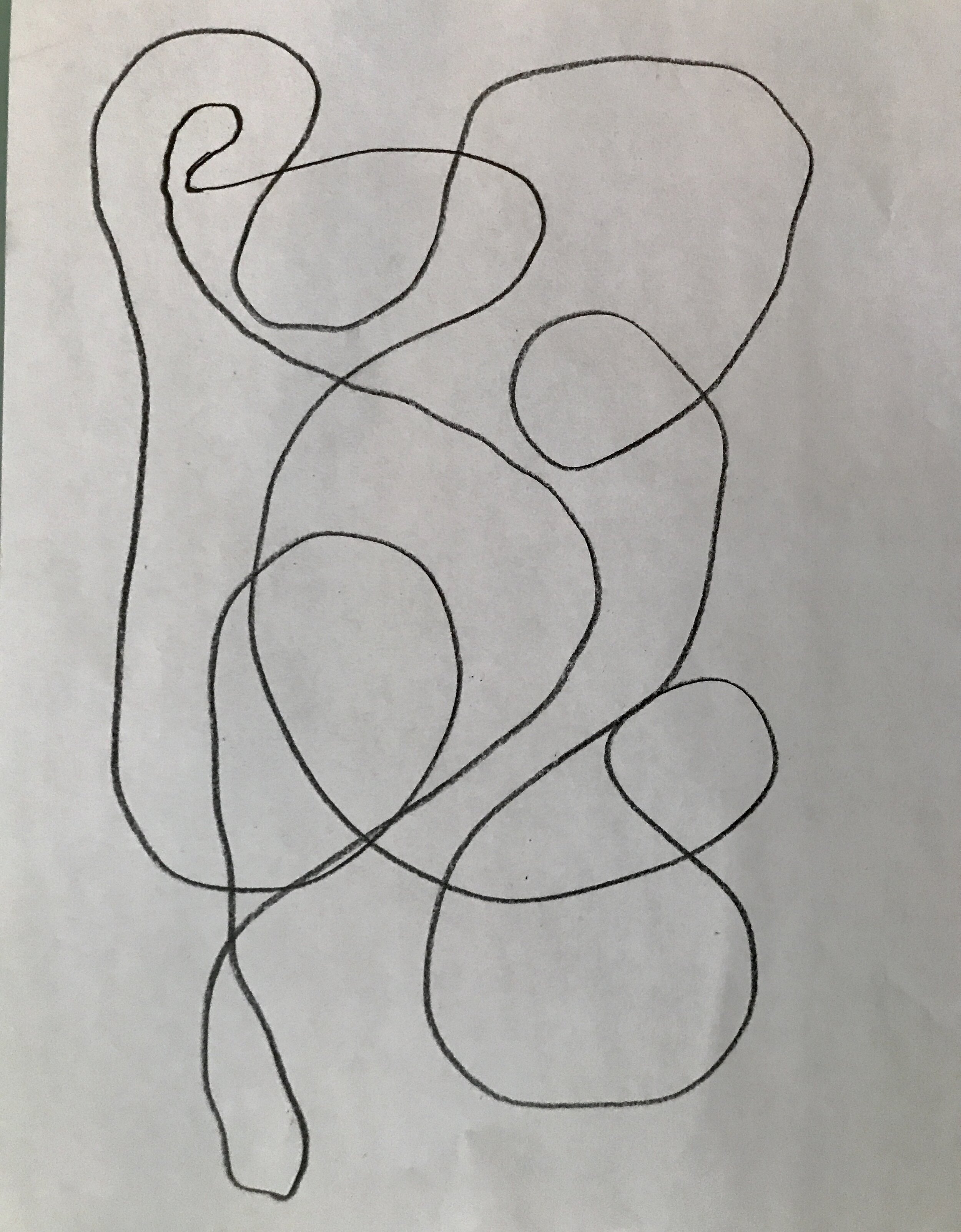
[/dropshadowbox]
[dropshadowbox align=”none” effect=”lifted-both” width=”auto” height=”” background_color=”#dbf6f4″ border_width=”10″ border_color=”#ef1dcd” ]
PE
Our focus this term will be football and fitness.
Please remember to send your child to school in their PE kit on their PE days.
Westminster – Thursday & Friday
Hungerford – Thursday & Friday

[/dropshadowbox]
[dropshadowbox align=”none” effect=”lifted-both” width=”auto” height=”” background_color=”#dbf6f4″ border_width=”10″ border_color=”#3f9c33″ ]
PSHE
Jigsaw has two aims for all children:
- To build their capacity for learning
- To equip them for life
Jigsaw brings together PSHE Education, emotional literacy, mindfulness, social skills and spiritual development.
This term in PHSE we are focusing on ‘Healthy Me’. This week we will discuss with the children the meaning of relaxed and stressed. We will then think about activties we can do that will help us to feel relaxed and what to do if there are some activites that cause stress.


[/dropshadowbox]
[dropshadowbox align=”none” effect=”lifted-both” width=”auto” height=”” background_color=”#dbf6f4″ border_width=”10″ border_color=”#e21320″ ]
RE
Our focus this term will be the Easter Story and we will also focus on Ramadan.
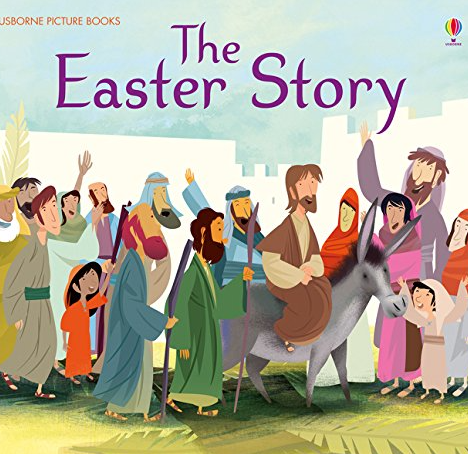
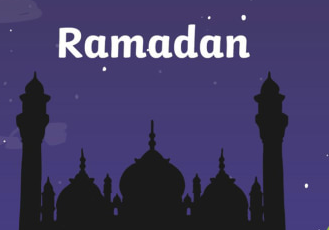
[/dropshadowbox]
[dropshadowbox align=”none” effect=”lifted-both” width=”auto” height=”” background_color=”#dbf6f4″ border_width=”10″ border_color=”#f13013″ ]
Reading
When reading with your child at home ask them questions related to their book.
Questions to ask before you read
- Can you look at the pictures and predict what you think will happen in this book?
- What makes you think that?
- What characters do you think might be in our story?
- Do you think there will be a problem in this story? Why or why not?
- Does the topic/story relate to you or your family? How?
Questions to ask during the reading
- What do you think will happen next?
- What can you tell me about the story so far?
- Can you predict how the story will end?
- Why do you think the character did _______?
- What would you have done if you were the character?
- How would you have felt if you were the character? (use different characters)
- As I read____________, it made me picture________ in my head. What pictures do you see in your head?
- As you read, what are you wondering about?
- Can you put what you’ve just read in your own words?
Questions to ask after reading
- Can you remember the title?
- In your opinion, was it a good title for this book? Why or why not?
- Were your predictions about the story correct?
- If there was a problem, did it get solved?
- What happened because of the problem?
- Why do you think the author wrote this book?
- What is the most important point the author is trying to make in his writing?
- What was your favourite part of the story?
- If you could change one thing in the story, what would it be?
- Can you retell the story in order?
- If you were __________, how would you have felt?
- What is the most interesting situation in the story?
- Is there a character in the story like you? How are you alike?
Why did you like this book?
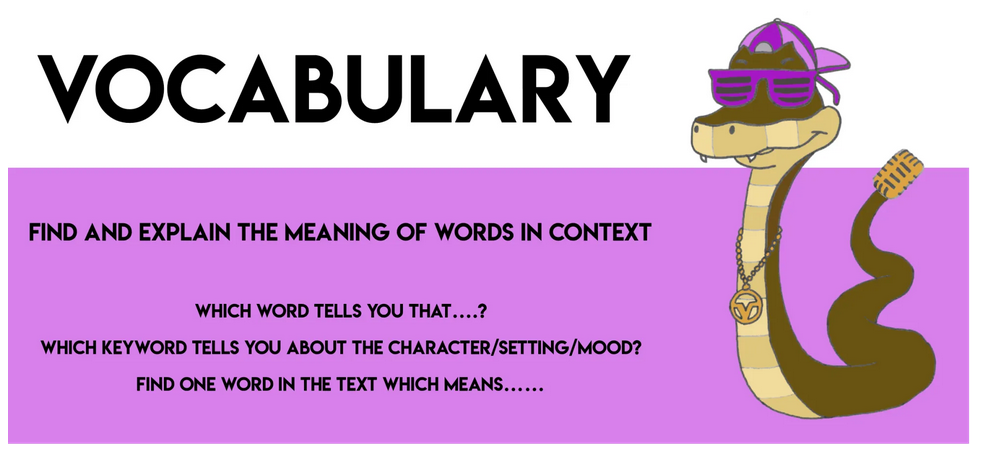
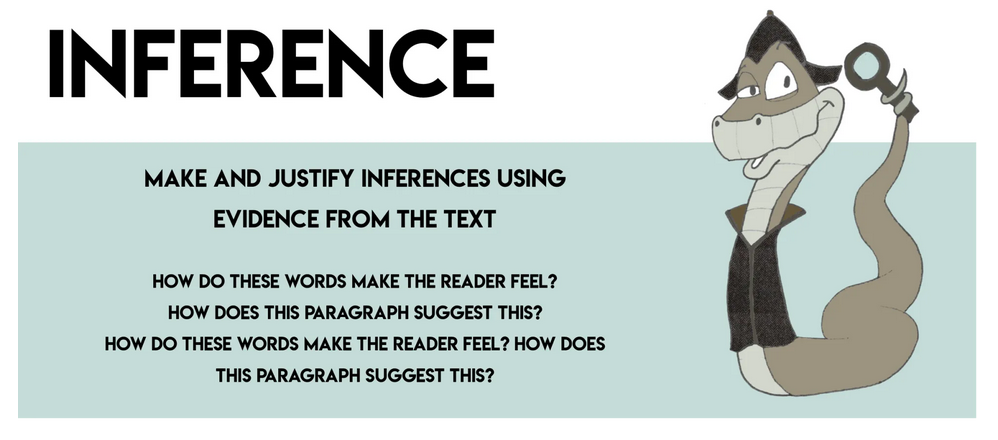
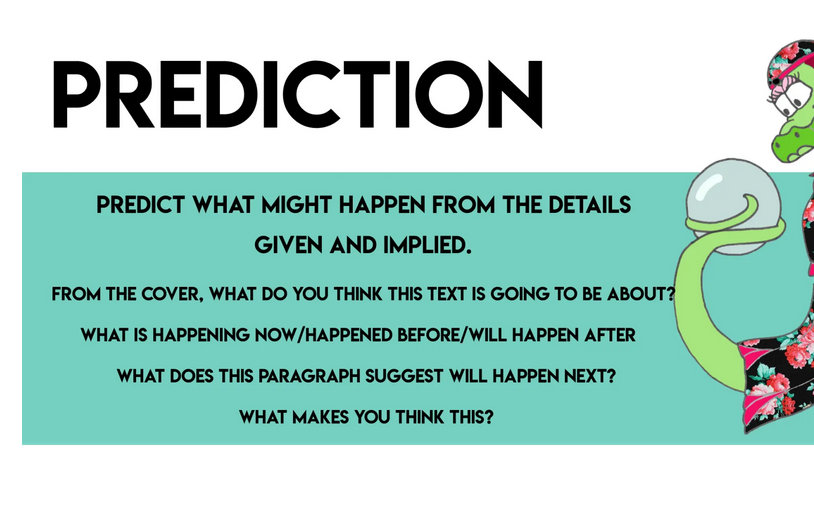
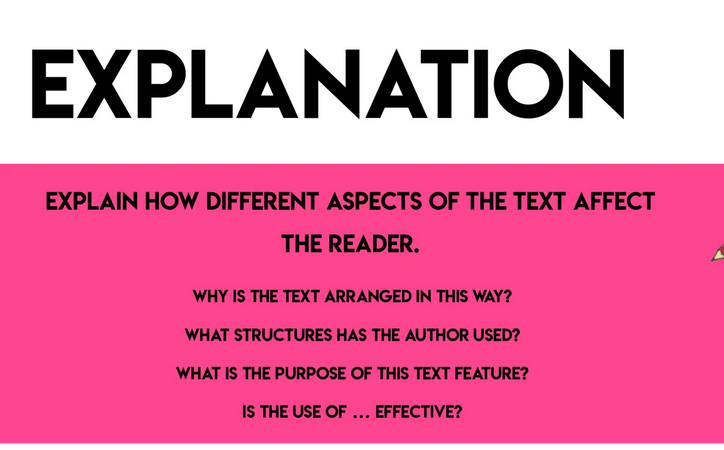
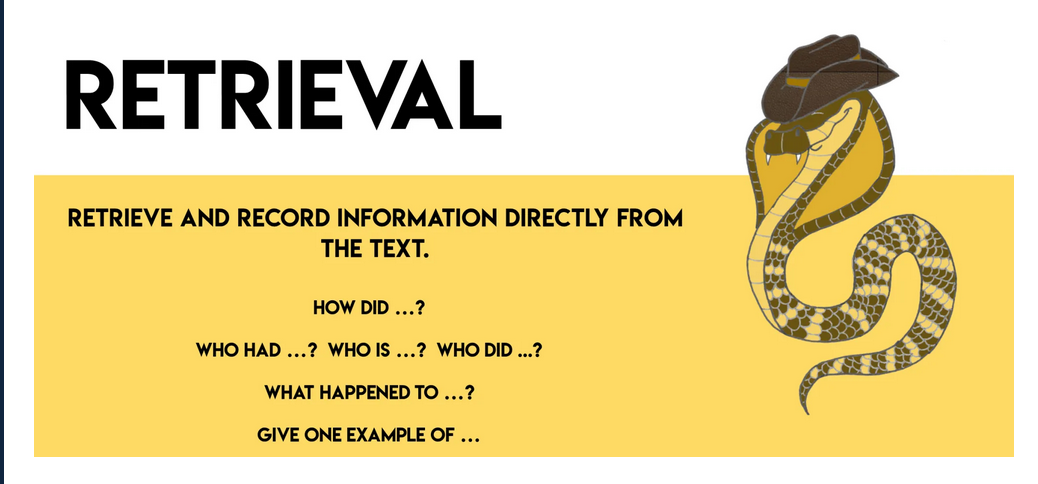
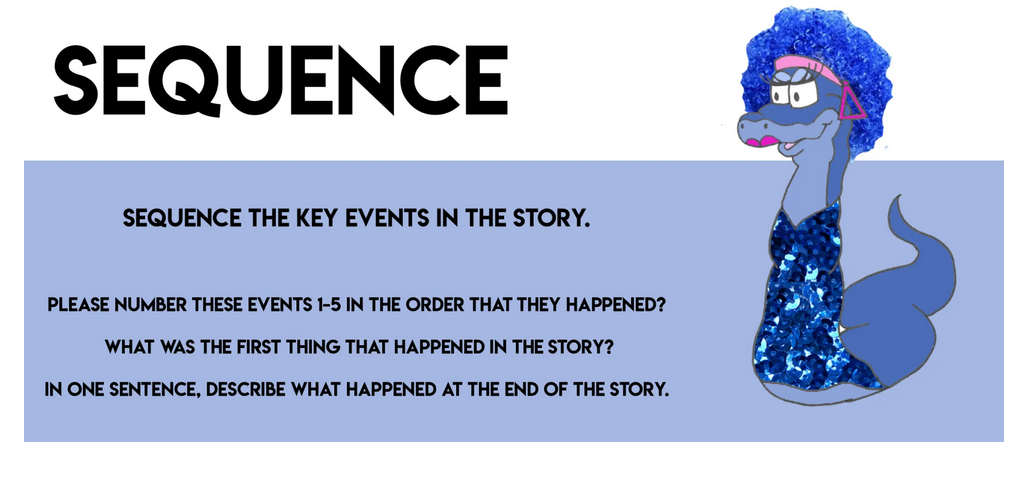
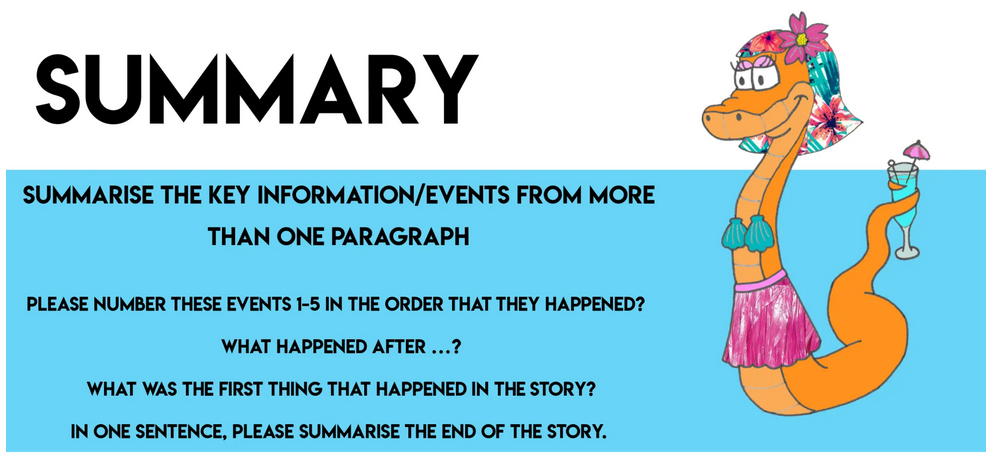
[/dropshadowbox]
[dropshadowbox align=”none” effect=”lifted-both” width=”auto” height=”” background_color=”#dbf6f4″ border_width=”10″ border_color=”#863878″ ]
Mathletics
A big well done to all the children completing their Mathletics. We are so proud. Please continue to complete your activities on Mathletics.
[/dropshadowbox]
[dropshadowbox align=”none” effect=”lifted-both” width=”auto” height=”” background_color=”#dbf6f4″ border_width=”10″ border_color=”#868878″ ]
Star of the week
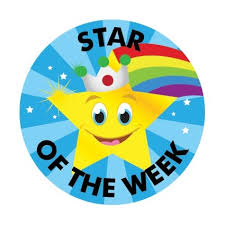
Last week all the children shone brightly. Some stars that had an extra sparkle include…
[/dropshadowbox]
[dropshadowbox align=”none” effect=”lifted-both” width=”auto” height=”” background_color=”#edbaba” border_width=”1″ border_color=”#ba27d8″ ]Homework is set on Google Classroom[/dropshadowbox]
Howard-parents-guide-to-Google-Classroom-
Welcome back.
We’re very much looking forward to welcoming back our pupils for face-to-face education.
Please read the attached letter below for more information.
8th March return to School Letter 01-03-2021
Our learning this week…
[dropshadowbox align=”none” effect=”lifted-both” width=”auto” height=”” background_color=”#dbf6f4″ border_width=”10″ border_color=”#f13013″ ]
English
At Howard Primary School we have adopted Read Write Inc Phonics.
RWI is a method of learning centred round letter sounds and phonics, and we use it to aid children in their reading and writing. Read Write Inc., developed by Ruth Miskin, provides a structured and systematic approach to teaching literacy. It is used by more than a quarter of the UK’s primary schools and is designed to create fluent readers, confident speakers and willing writers.
Using RWI, the children learn to read effortlessly so that they can put all their energy into comprehending what they read. It also allows them to spell effortlessly so that they can put all their energy into composing what they write.
When using RWI to read the children will:
- Learn 44 sounds and the corresponding letter/letter groups using simple picture prompts
- Learn to read words using Fred Talk
- Read lively stories featuring words they have learned to sound out
- Show that they comprehend the stories by answering questions.
[/dropshadowbox]
[dropshadowbox align=”none” effect=”lifted-both” width=”auto” height=”” background_color=”#dbf6f4″ border_width=”10″ border_color=”#863878″ ]
Maths
This week in maths we will be focusing on:
- making equal parts
- recognising a half
- finding a half
- recognising a quarter
- finding a quarter
Children will make equal parts. Equal means the same, balanced, identical etc.
–To recognise a half
A half is two equal parts. Children will understand that the term ‘bigger half’ makes no mathematical sense since half means 2 equal parts.
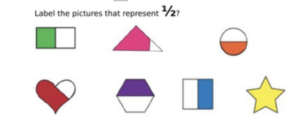
Children will be able to identify that the triangle has not been halved because there are not two equal parts. On the triangle one part is bigger than the other.
[/dropshadowbox]
[dropshadowbox align=”none” effect=”lifted-both” width=”auto” height=”” background_color=”#dbf6f4″ border_width=”10″ border_color=”#608638″ ]
Geography
In geography we will continue with map skills. Our focus this week will be sketching maps. We want the children to sketch a map of the school and the local area. Children will use their knowledge of maps skills and create a simple map with a key.

[/dropshadowbox]
[dropshadowbox align=”none” effect=”lifted-both” width=”auto” height=”” background_color=”#dbf6f4″ border_width=”10″ border_color=”#ef1dcd” ]
Art
In art we will be focusing on line and tone. Tone refers to how light or dark something is. Tones could refer to black, white and the grey tones between. It could refer to how light or dark a colour appears. A tone is produced either by the mixture of a colour with grey, or by both tinting and shading. We will be creating lines using a variety of media (charcoal, fine line pens, pencils).
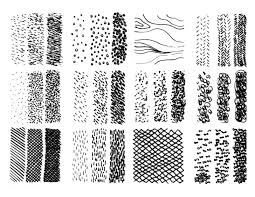
[/dropshadowbox]
[dropshadowbox align=”none” effect=”lifted-both” width=”auto” height=”” background_color=”#dbf6f4″ border_width=”10″ border_color=”#ef1dcd” ]
PE
Our focus this term will be basketball/dance.
Please remember to send your child to school in their PE kit on their PE days.
Westminster – Thursday & Friday
Hungerford – Friday
[/dropshadowbox]
[dropshadowbox align=”none” effect=”lifted-both” width=”auto” height=”” background_color=”#dbf6f4″ border_width=”10″ border_color=”#3f9c33″ ]
PSHE
Jigsaw has two aims for all children:
- To build their capacity for learning
- To equip them for life
Jigsaw brings together PSHE Education, emotional literacy, mindfulness, social skills and spiritual development.
This term in PHSE we are focusing on ‘Healthy Me’. This week the focus will be on things we can put in or on our bodies in order to keep healthy.


[/dropshadowbox]
[dropshadowbox align=”none” effect=”lifted-both” width=”auto” height=”” background_color=”#dbf6f4″ border_width=”10″ border_color=”#e21320″ ]
RE
Our focus this term will be the Easter Story and we will also focus on Ramadan.


[/dropshadowbox]
[dropshadowbox align=”none” effect=”lifted-both” width=”auto” height=”” background_color=”#dbf6f4″ border_width=”10″ border_color=”#f13013″ ]
Reading
When reading with your child at home ask them questions related to their book.
Questions to ask before you read
- Can you look at the pictures and predict what you think will happen in this book?
- What makes you think that?
- What characters do you think might be in our story?
- Do you think there will be a problem in this story? Why or why not?
- Does the topic/story relate to you or your family? How?
Questions to ask during the reading
- What do you think will happen next?
- What can you tell me about the story so far?
- Can you predict how the story will end?
- Why do you think the character did _______?
- What would you have done if you were the character?
- How would you have felt if you were the character? (use different characters)
- As I read____________, it made me picture________ in my head. What pictures do you see in your head?
- As you read, what are you wondering about?
- Can you put what you’ve just read in your own words?
Questions to ask after reading
- Can you remember the title?
- In your opinion, was it a good title for this book? Why or why not?
- Were your predictions about the story correct?
- If there was a problem, did it get solved?
- What happened because of the problem?
- Why do you think the author wrote this book?
- What is the most important point the author is trying to make in his writing?
- What was your favourite part of the story?
- If you could change one thing in the story, what would it be?
- Can you retell the story in order?
- If you were __________, how would you have felt?
- What is the most interesting situation in the story?
- Is there a character in the story like you? How are you alike?
Why did you like this book?







[/dropshadowbox]
[dropshadowbox align=”none” effect=”lifted-both” width=”auto” height=”” background_color=”#dbf6f4″ border_width=”10″ border_color=”#863878″ ]
Mathletics
A big well done to all the children completing their Mathletics. We are so proud. Please continue to complete your activities on Mathletics.
https://login.mathletics.com/
[/dropshadowbox]



